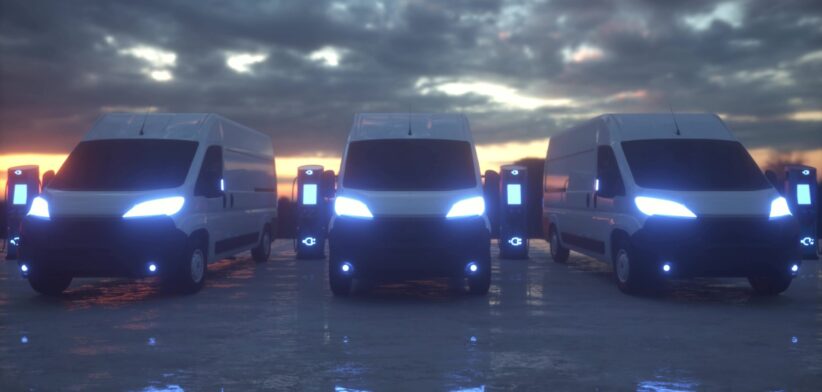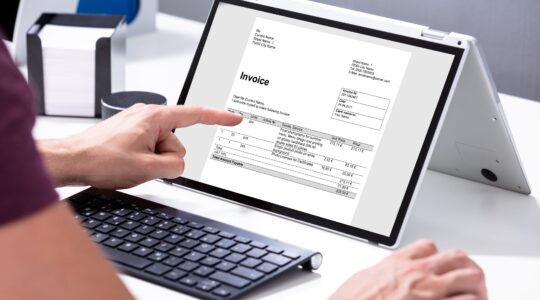The home delivery provider for some of Australia’s biggest retail brands has launched a program to electrify its truck fleet.
Freight and logistics provider ANC will use a grant from the Australian Renewable Energy Agency’s (ARENA) to help lower the barriers and costs of battery electric vehicles (BEV) for its owner-drivers.
The $45m Project Spark initiative aims to support the introduction of 112 BEV trucks used in last-mile deliveries (LMD) for the likes of IKEA, JB HI-FI, The Good Guys, Bunnings, Who Gives A Crap, Temple & Webster and William Sonoma.
ANC CEO Joe Sofra said owner-drivers considering BEV trucks faced higher capital costs, limited access to charging infrastructure, costly and complex private charging options and constrained revenue potential.
Mr Sofra said the $12.8m ARENA grant would expedite their deployment of battery electric vehicles.
He said ANC plan was to offer discounted trucks with leasing options, improve battery-charging and vehicle-utilisation models and unlock new revenue streams.
“Project Spark leverages commercial and technological levers to lower the total cost of ownership of BEV trucks for owner-drivers, supported by a range of partners including CarBon, Origin Energy, SpotLumos and others.”
He said the program’s charging model couples Origin Energy’s overnight charging-as-a-service from home with fast-charging services at depots and in the public to enable owner-drivers to meet LMD requirements.
“We are poised to make a substantial impact on the market, and more importantly, on the environment,” Mr Sofra said.
ARENA CEO Darren Miller said Project Spark marked ARENA’s first foray into LMD.
“The breadth of innovation in Project Spark, across both supply and demand-side measures, is commercially astute, practically workable, and very exciting,” Mr Miller said.
“It promises to kick-start a step change in electrifying last mile delivery in Australia by lowering the total costs to own and run electric trucks.
“The project demonstrates use cases for battery electric trucks in last mile operations, tackling constraints that have so far made it hard for the industry to transition away from internal combustion engine vehicles,” he said.








